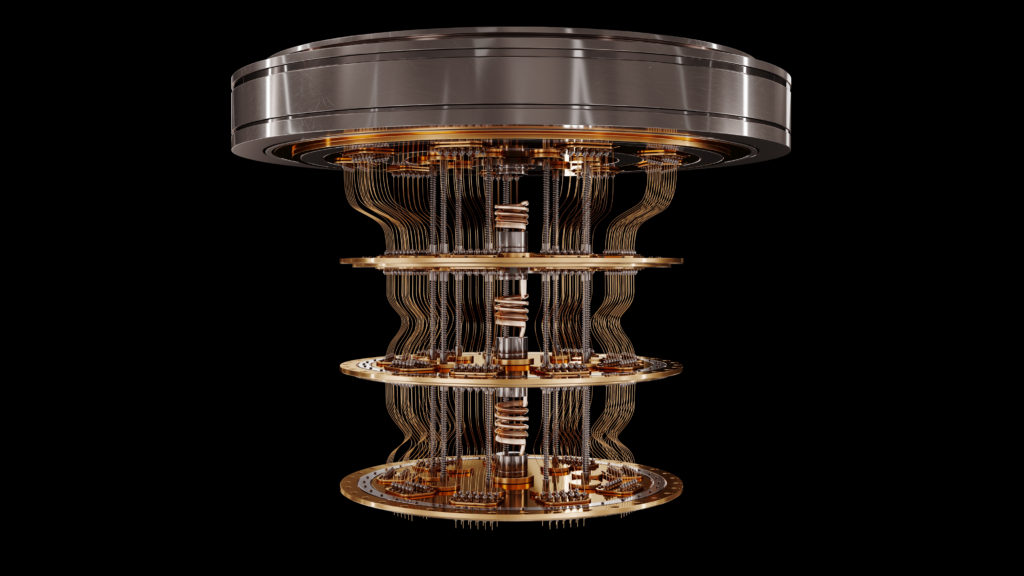
Quantum Computing (2/3)
Welcome to this month’s installment of DELving into RF! It is part 2 of 3 of our quantum computing chat, so if you’re just tuning in now, I urge you to read last month’s installment before continuing on here. Now that I’ve briefed you on quantum computing applications and the basics of why quantum computing differs from classical computing, it’s time to jump into the hardware! I’d like to begin with a two sentence review of last week’s installment: qubits can hold both states, “0” and “1” at the same time, in what we call a superposition. To remind you, this fact makes quantum computing the ideal solution for things like traffic modelling, drug discovery, and financial security.
Qubits can take multiple physical forms, each being pursued by different research groups and large companies. Qubit types include (but are not limited to) trapped ion qubits, superconducting qubits, and topological qubits. Google and Intel use superconducting qubits while IBM uses transmon qubits, and IonQ and Honeywell use trapped ion qubits. Each “big player” in the quantum realm chooses their qubit types for different reasons, often depending on error rates, coherence times, and employee expertise. Now that we’ve covered some possible qubit types, I have bad news. These qubits do not always exhibit quantum behavior. In fact, getting them to exhibit quantum behavior (that is, getting them to hold a superposition) is difficult. The time the qubit holds the superposition is called “coherence time”, and coherence times are usually very short. Think of the time a coin spends laying around as “heads” or “tails” versus the time it spends spinning through the air. The coin doesn’t spin on its own, so it spends most of its time in just one state. When we want it to spin, we need to put in effort. Quantum computing is the same way. Without the right environment and energy, the qubit will not hold a superposition. One way to increase coherence time is by placing the qubits in a low energy environment (namely, a cryogenic environment). This increases the coherence time by eliminating high energy particles that could “knock” the qubit out of its superposition (think of someone swatting your coin out of the air). This means they require an environment close to absolute zero (0 Kelvin, when atoms are completely still). So how do we create this low energy environment?
To achieve an environment close to absolute zero, the qubits, which rest on a quantum chip, must be placed in the coldest level of a cryostat. Cryostats, also called dilution fridges, are cylindrical fridges with different vacuum sections separated by cold plates. The plates between each level prevent the heat from transferring from one section to the next. A cryostat’s top level is often around 70K (-334 F) and the bottom level must maintain milliKelvin temperatures (-458 F). Reaching and then maintaining an equilibrium temperature in the millKelvin range is no easy task – it takes a lot of power, and all energy entering the system (which is needed to control the qubits) creates heat through friction and attenuation. Remember: energy cannot be created or destroyed, so every time an RF line is attenuated, the electrical power it loses needs to go somewhere, and unfortunately in this situation, it turns into heat. What a conundrum! With heat constantly entering the system, maintaining milliKelvin temperatures is a challenge. And the bigger the space is, the harder it is to cool. Therefore, as we eye the prospect of adding more qubits to our system, we must keep in mind that we can’t grow the volume of our fridge. This limitation paired with the constant heat entering into the system give XMA our two main goals when we develop cryogenic products: superb thermal grounding, so the heat transfers into the cold plates and out of the system, and increased density of RF components. So how have we accomplished these goals, and what progress are we making to exceed our own expectations? Tune in next month to find out!


